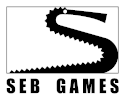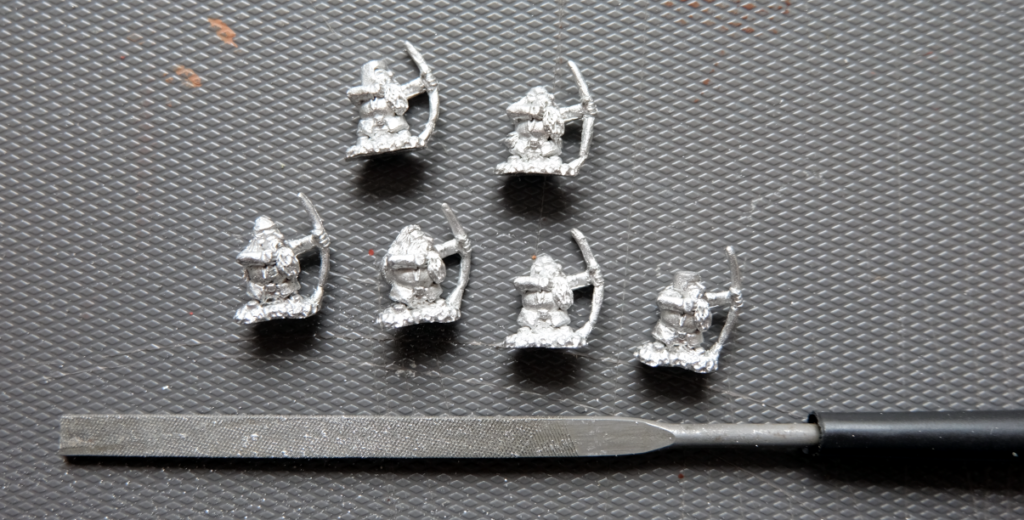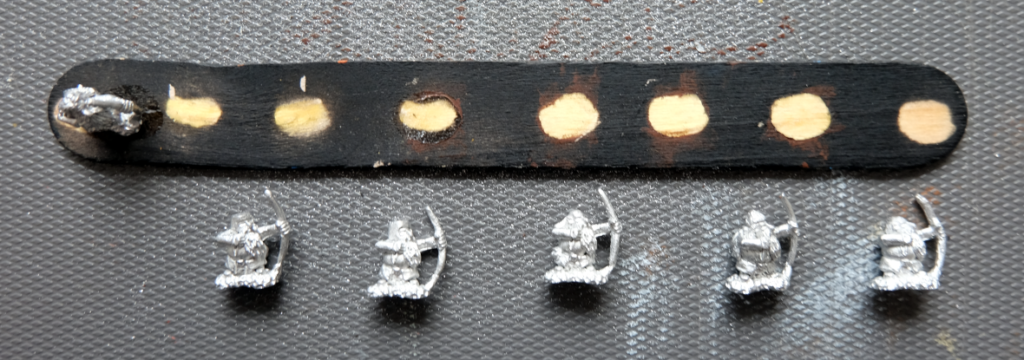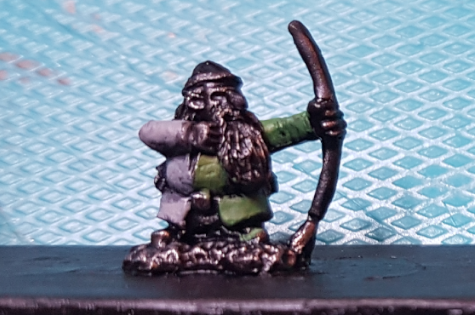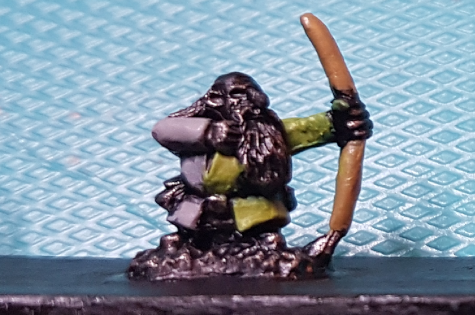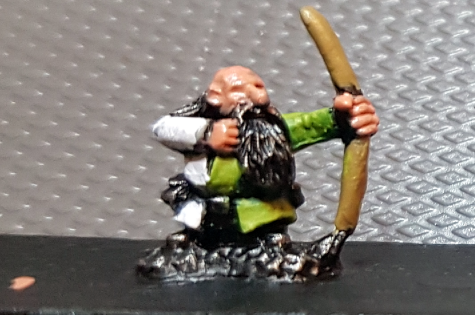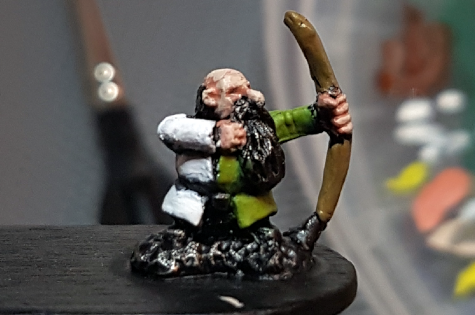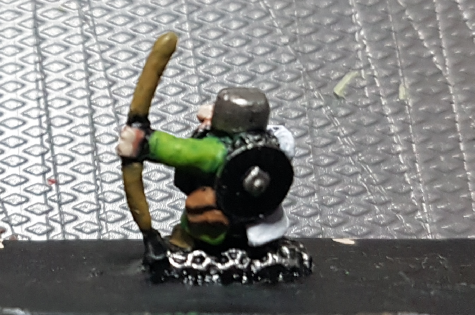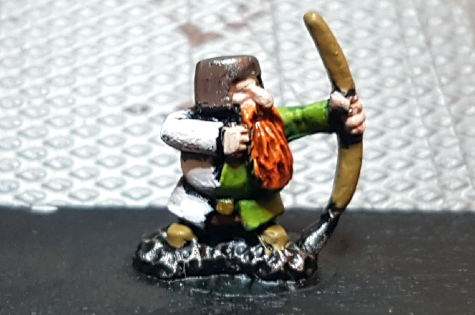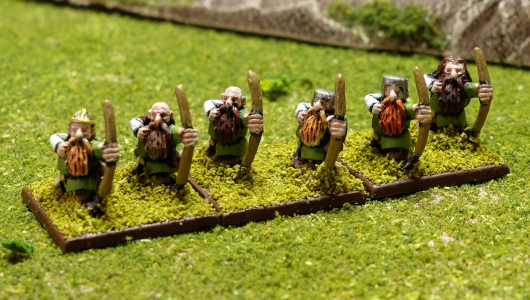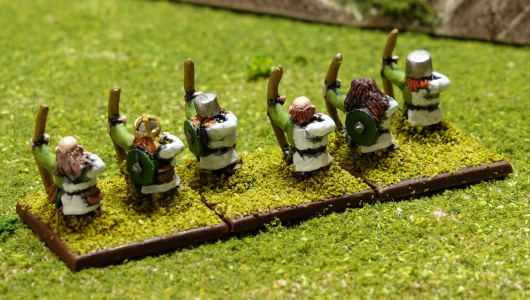It is quite often assumed that the smaller scales like 10mm or 6mm for some strange reason, are harder to paint. Yes, they are smaller (that’s quite obvious), but actually, it doesn’t make them harder to paint, and you don’t need to use the smaller brush. As a matter of fact, in this tutorial, I used brush size 1…
The miniatures are from Pendraken fantasy range. If you are new to 10mm, their shop is a perfect starting point for newcomers, as they have an astonishing selection of high quality 10mm miniatures.
Preparing models
It is always good to paint miniatures in batches. I prefer to work on batches of 4 to 8 models a time. This will speed up the process, allows you to finish units quicker and help to keep consistent look.
Before you put the miniatures on a lollipop stick, space out miniatures first, this way, you are not going to put them to close to each other. Then use a drop of super glue to attach them to the stick.
Painting
The models were prepared and given a black undercoat. You can use either spray paint or MP000 Black Primer.
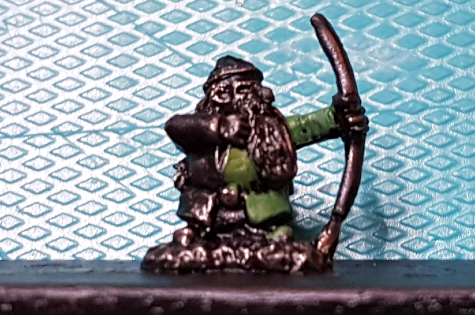

Dark Grey, leave black undercoat in deepest creases to create shadow.
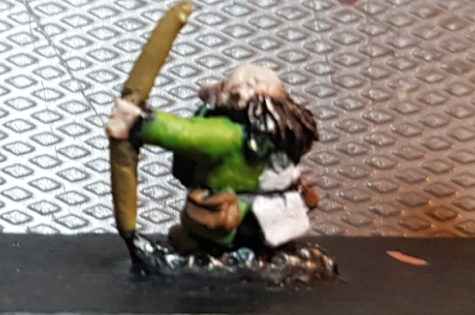
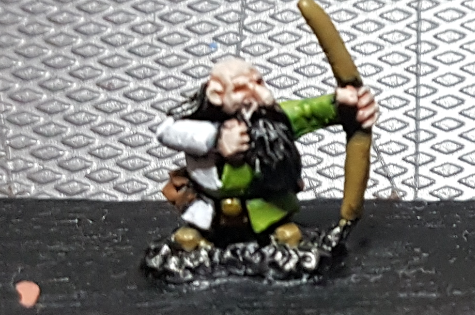

That’s all, the last thing to do is base your miniatures. Gently remove them from the stick by using a scalpel knife base them by your preference.
Final points
The key to painting such small miniature is to keep colour schemes simple. Also, there is no point in doing a lot of layering, save those for your command stands and heroes. Such detailed work as this will be lost on the table in the mass of the units. Try to maintain a good contrast between colours; dark colours to create a deep shadow and a much lighter tone on top of it. Another good technique to emphasise the contrast between different materials/colours is to leave a thin black line between them. This will help to define the surfaces as well.
And the most important, just paint 😀
As always don’t hesitate to leave a comment or suggestions as all the feedback is more than welcome.
